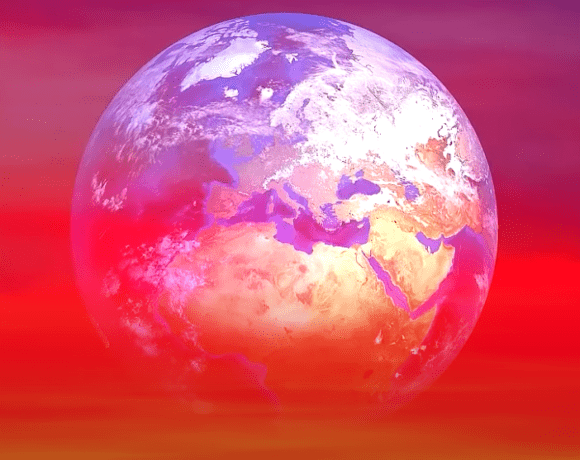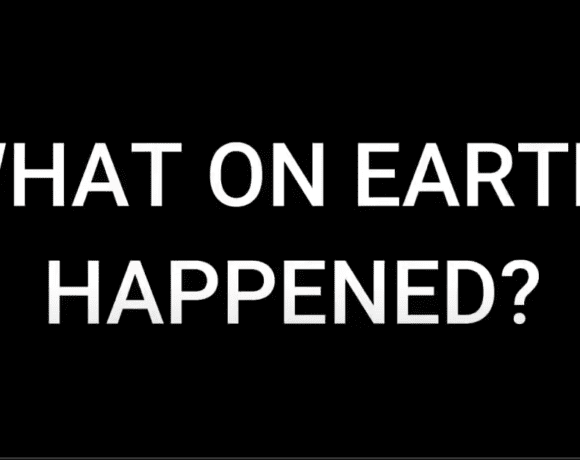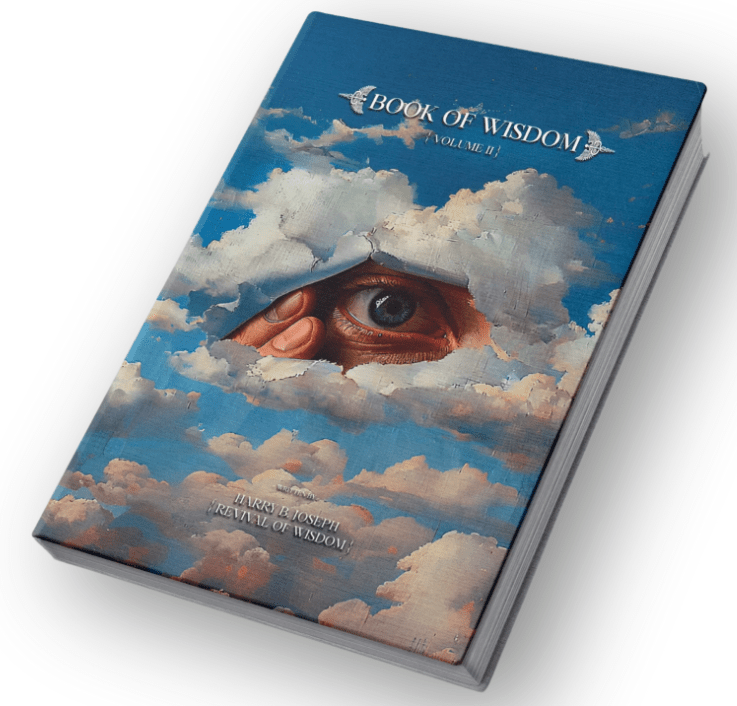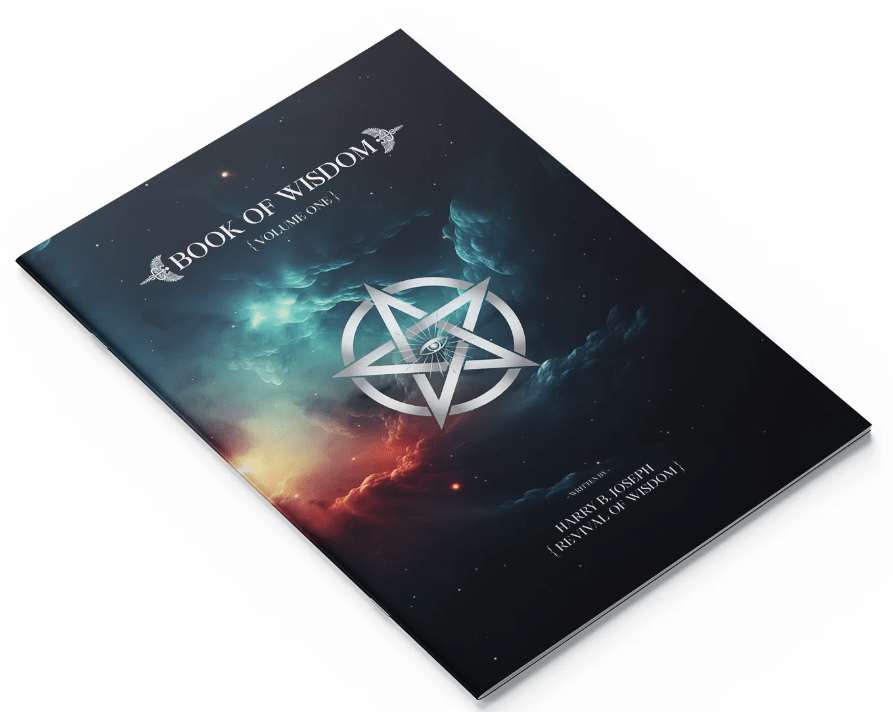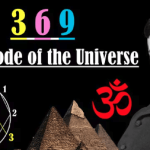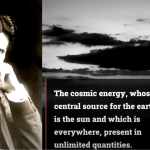Introduction: The Controversial YouTube Video on Earth’s Horizon
A recent YouTube video has sparked controversy and piqued the interest of many viewers. The video claims to analyze historic footage of the Earth’s horizon from 1935 and 1946, raising questions about the authenticity of these images and suggesting that they may have been edited to deceive us about the shape of our planet. In this article, we will delve deeper into the video’s claims and assess the evidence provided. We encourage you to watch the video for yourself to better understand the context of the debate.
National Geographic Project 1935: Analyzing the Image
Was the Image Doctored?
The video begins by showcasing a National Geographic project that took place in 1935, where a balloon was sent into space to capture images of the Earth’s horizon. This project, known as Explorer II, was a collaboration between the National Geographic Society and the U.S. Army Air Corps. The goal of the project was to explore the upper atmosphere and gather scientific data, including high-altitude photographs of the Earth.
The video shows the balloon rising quickly and then displays footage of what appears to be the curvature of the Earth. However, the narrator suggests that the only photographs he could find were black and white and potentially doctored to show the curve of the Earth. It is important to note that the technology available in 1935 was limited, and color photography was still in its infancy. Black and white images were the norm, and it’s likely that the images were not doctored but simply a product of the technology available at the time.
Technology Limitations and the Plausibility of Image Alterations
To better understand the plausibility of image alterations, it is important to consider the technological limitations of the time. In the 1930s, photo manipulation was far more difficult and time-consuming than it is today, as it required manual techniques such as airbrushing or physically cutting and pasting photographs together. Digital photo editing software did not exist, making it highly unlikely that images could be convincingly altered to deceive the viewer.
German V2 Rocket Footage from 1946: Exploring Authenticity
Edited or Authentic?
Next, the video jumps to 1946, where a flying laboratory camera was recovered after a captured German V2 rocket was sent into space. This event was part of Operation Paperclip, a secret program that brought German scientists, engineers, and technicians to the United States after World War II to aid in the development of the American space program. One of the primary goals of this program was to obtain high-altitude photographs of the Earth for mapping and reconnaissance purposes.
The footage captured by the camera shows the rocket in flight and the Earth spinning before the lens. The narrator points out that the curvature of the Earth is “astonishingly apparent” in the still image captured by the camera. However, the narrator questions the validity of the image and suggests that it could have been edited.
Context Matters: Cold War and Technological Advances
Editing the footage to exaggerate the Earth’s curvature would have served little strategic purpose and would have been an unnecessary expenditure of resources during a time when nations were focused on gaining an advantage in the emerging space race.
Furthermore, the technology available in 1946 was not as advanced as it is today, making it difficult to convincingly edit images in the way the video suggests. Photographic manipulation during this time still relied on manual techniques and lacked the precision and ease of modern digital editing tools. It is more likely that the image captured by the V2 rocket is authentic and has not been tampered with.
The Role of Critical Analysis in Evaluating Claims
Openness to Possibilities and Evaluating Sources
The video ends with a reminder that we should all be questioning the “official narrative” about the shape of the Earth and that we should be open to the possibility that we have been deceived. While it is important to maintain a healthy level of skepticism and question the information we are given, it is also crucial to consider the context, technology, and motivations behind the creation of these images.
As we evaluate the claims made in the video, it is essential to critically analyze the sources of the information presented. In this case, the video provides little evidence to support the claim that the images were edited or doctored. The lack of concrete proof or expert testimony casts doubt on the video’s assertions.
Understanding the Evolution of Earth Imaging
From Early Missions to Advanced Satellite Technology
The history of Earth imaging is a fascinating and complex subject. From early balloon-based missions like the Explorer II project to advanced satellite technology, scientists and researchers have captured countless images of our planet. As technology has advanced, so too has our understanding of the Earth’s shape, size, and appearance. While there have been instances of image manipulation for various reasons, the overwhelming majority of Earth images support the widely accepted scientific consensus that the Earth is an oblate spheroid.
The Impact of Misinformation and Conspiracy Theories
How False Claims Can Harm Public Discourse
While the video in question may be intriguing and thought-provoking, it is essential to recognize the potential dangers of misinformation and conspiracy theories. Spreading unfounded claims without proper evidence can lead to confusion, mistrust, and a disregard for scientific facts. Conspiracy theories, in particular, can create an environment where critical thinking is replaced with unfounded speculation and distrust in established knowledge.
Fostering Critical Thinking and Scientific Literacy
Encouraging Evidence-Based Reasoning and Informed Discussions
To counteract misinformation and conspiracy theories, it is vital to promote critical thinking and scientific literacy. Encouraging individuals to question information, seek out reputable sources, and develop a solid understanding of scientific principles can help create a more informed and rational society. By fostering an environment where evidence-based reasoning is valued, we can work together to debunk false claims and promote a greater understanding of our world.
In conclusion, it is crucial for us as viewers and readers to approach such claims with a critical mindset, while also being open to possibilities. We encourage you to watch the video in question and make your own judgment based on the evidence provided. By promoting critical thinking and scientific literacy, we can better discern fact from fiction and foster a more informed and rational society.

